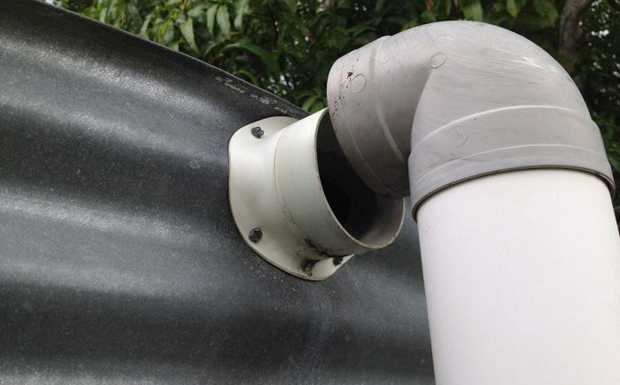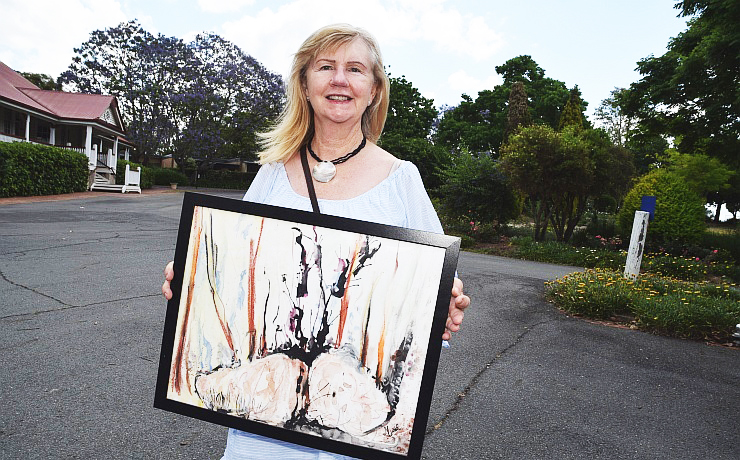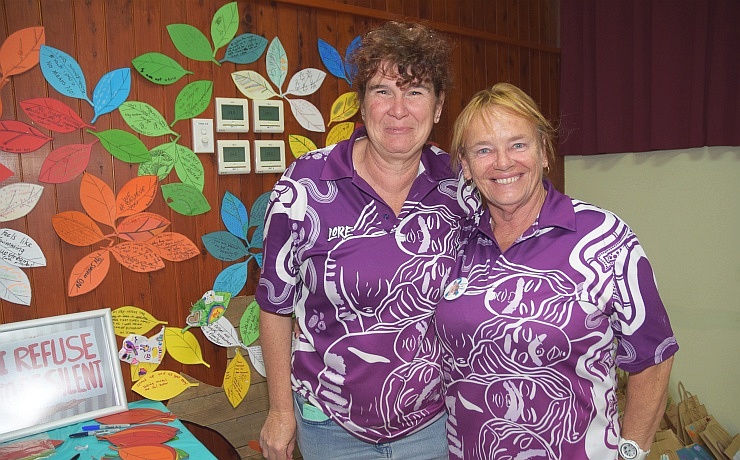
(Photo: CSIRO)
May 3, 2019
Scientists are asking local residents to check their rainwater tanks, after new research showed unsealed and damaged tanks could expose them to the risk of mosquito-borne infectious diseases such as dengue fever.
The Aedes aegypti mosquito infects hundreds of millions of people across the globe each year with dengue, Zika, chikungunya and yellow fever.
In Australia, the mosquito is found mostly in North Queensland but has also been found further south.
In August 2010, A. aegypti was detected in 10 locations around Goomeri and in 2013, a routine survey conducted by Queensland Health and the South Burnett Regional Council detected A. aegypti in Wondai and Murgon.
The CSIRO has warned that rainwater tanks could be providing protection for the mosquitoes, even in Brisbane.
“Previous studies had suggested that conditions in Brisbane were inhospitable for the species during winter, but our findings show that rainwater tanks could provide year-long protection for the A. aegypti mosquito in Brisbane and other sub-tropical areas of Australia,” CSIRO scientist Dr Brendan Trewin said.
“The last time Brisbane had significant Aedes aegypti and dengue epidemics they also had a lot of unsealed rainwater tanks, and our research suggests it was the decision to remove these tanks in the 1950s that was one of the keys to driving the disease-carrying mosquito out of the city.
“We are not suggesting that rainwater tanks should be removed, but we think it is important for people to be aware that if their rainwater tanks are not maintained properly, large areas of Southern Australia may see the return of the Aedes aegypti and other exotic disease vectors, bringing with them potentially serious implications for Australian public health.”
Dr Trewin said many people were unknowingly adding to the risk by making modifications to their tanks such as removing the sieve that collects leaves from the roof and gutters, or adding modified downpipes.
“Biosecurity is just as important in the backyard as it is at the border,” he said.
“People need to check to make sure their water tanks are compliant, fully sealed and not capable of allowing mosquitoes in or out of their tanks.”
Researchers measured mosquito survival and development during simulated Brisbane winter conditions in rainwater tanks and buckets and found that 70 per cent of mosquito larvae survived to adulthood in water tanks, and 50 per cent in buckets.
QIMR Berghofer Medical Research Institute Associate Professor Greg Devine said each year, hundreds of people arrived in Australia infected with dengue and other infectious diseases which could be transmitted by the A. aegypti.
“These non-compliant tanks pose a real risk of becoming A. aegypti habitats and breeding sites, which could lead to outbreaks of dengue, chikungunya and Zika to a population that has no immunity to these diseases,” Associate Professor Devine said.
* * *
How to mosquito-proof your tank:
- Check there are sieves at the entrance and overflow and there are no gaps
- Check for cracks in plastic tanks
- Make sure the sieves aren’t rusting and there are no holes
- Mosquitos feed on broken down leaves so keep gutters leaf-free
- Check that first-flush devices are draining






















